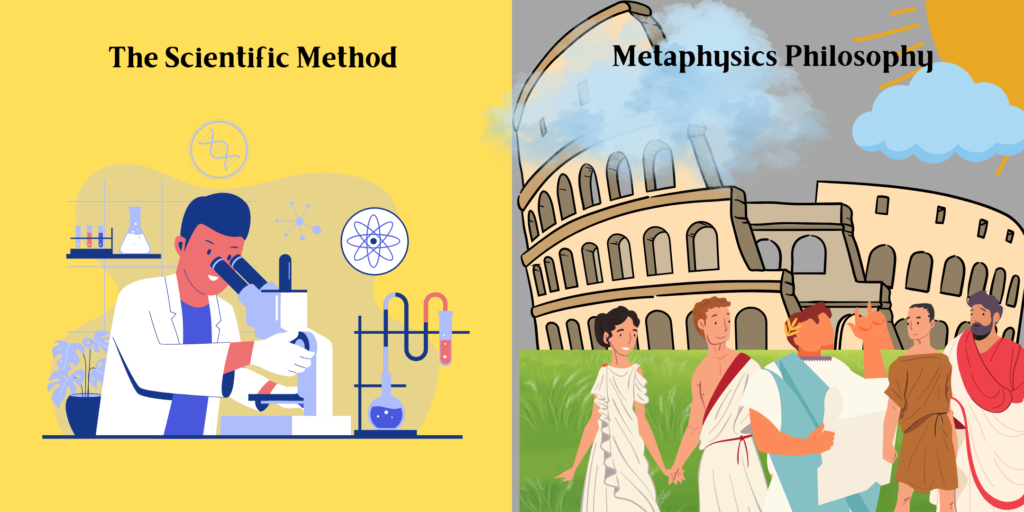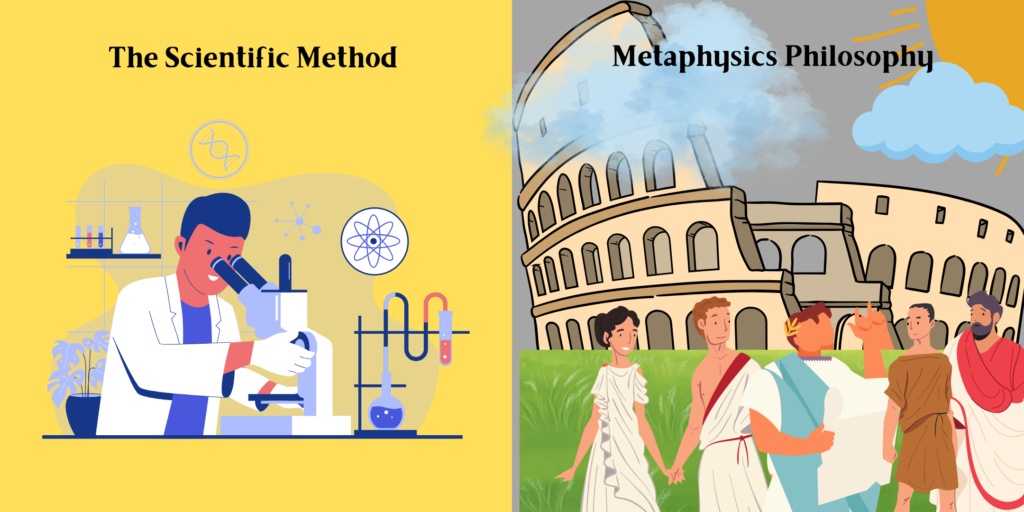

Science versus Metaphysics and How History Affects Both
By: Doctor Samuel Sanchez – 19-February-2025
Greetings my friends. Before we begin our quest for knowledge, I thought it appropriate if we acquired some understanding as it pertains to the study of science, and compare it to the notion of metaphysics.
Science has been defined as the knowledge, or a system of knowledge, covering general truths or the operations of general laws (established by truths) especially as obtained and tested through the scientific method. So, for a person to identify an idea, theory, or law as being of scientific origin, one must first understand the scientific method. As such, we will briefly review the subject matter later.
Metaphysics is defined as being a division of philosophy that is concerned with the fundamental nature of reality and being and it includes ontology, cosmology, and epistemology. It is derived from abstract philosophical studies, studies that are outside the objective experience (science).
What is the history of Metaphysics and Science?

As the picture suggests, Metaphysics is the older of the two process of thought. From the ancient world, thru the dark ages, Metaphysics was the process thru which the majority of the educated comprehended the world. Metaphysics continued thru the Roman-Grecco era, where knowledge was continually sought, but truth was ignored. The next era, that of the European Royalty, Metaphysics was promoted. This was convenient for a ruling class that wanted to sustain the status quo. The Universal Church, as a means of control, sided with the Royals in advancing Metaphysics. In fact, to challenge any ideal found in the principals of Metaphysics, was referred to as “heresy” against the church, and punishable by imprisonment, loss of property and even loss of life. Many “free thinker“s of the time where given over to the authority of the inquistion, and punished severly. After the signing of the “Magna Carta”, in the year 1215, the writing was on the wall. The people were begining to become fed up with Social-Economic differences of the classes, as well as the lack of oversight that the “Divine Right of Kings” Doctrine granted to those of royal lines. Under this doctrine, the royal familes where above the law, since they were protected by Universal Church, and could not be tried in a common court. King John of England was strongly encouraged to sign, and make law of the Magna Carta. Had he not, he was threatened with loss of his crown, and death.
Finally, after centuries of perscution, there arose a new movement in Europe, the Renisance. During these challenging time, the ruling class were pitted against those whom they ruled, and new ways of thinking evolved. The second Renisance, that of the twelveth century, also known as the High Middle Ages, lasted from about 1,000 AD. to 1,300 AD. During these centuries, Europeans witnessed many social and political changes. There was a significant change in the way people aggregated, leading to the the Rurual Exodus, where the masses fled the rural regions into the cities. This climaxed around the year 1,350 and becuase of these concentrations in population, Europe would see a drastic benefit in its ecomonies.
During the Late Middle Ages, the time frame from about 1,350 AD. to about 1,500 AD., the Rural Exodus would falter and reverse. This reversal was induced by a series of calamaties, the great famine from 1,315 to 1317, the Black Death from 1,347 to 1,351, political instabilities which caused Regional wars, religious upheavals, all which led to demographic collape. Europe’s population had fallen by more than fifty-percent due to famine and the plague, but continued to falter because of wars, many which were led by the Universal Church against those who would dare defy her.
